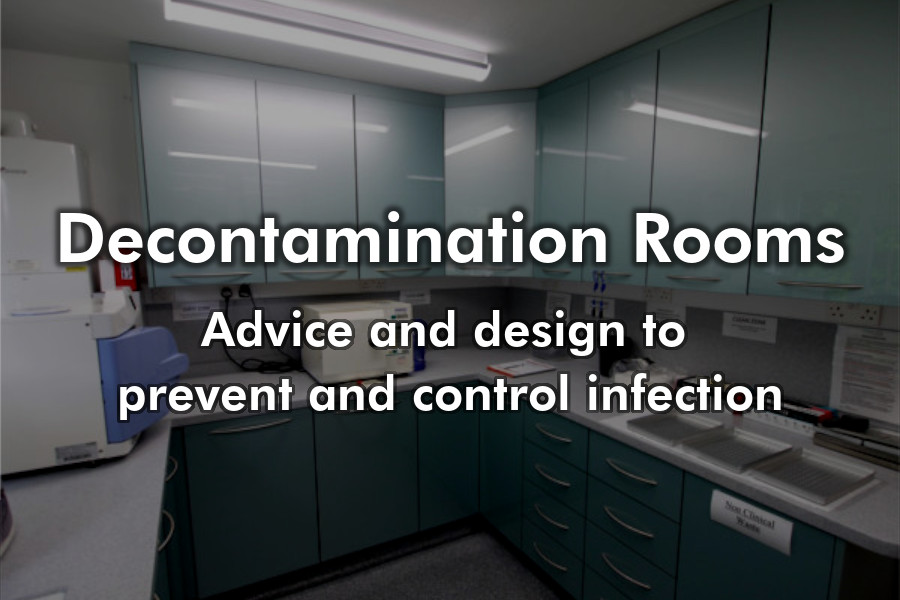
As a dental practitioner, you’re no stranger to the high stakes of maintaining a sterile environment. That’s why we’ve crafted this ultimate guide on dental decontamination room design, tailored just for you.
At Eclipse Dental, we’ve been setting higher standards in dental practice fit-outs, equipment supply, and maintenance for years.
But let’s cut to the chase: Do you need a dedicated decontamination area? What’s all this talk about “dirty zones” and “clean zones,” and how do they tie into CQC compliance?
And let’s not forget the importance of adequate ventilation and air extraction. We’ll delve into all of these topics and more, providing you with actionable insights to elevate your practice.
So, you’re committed to offering top-notch primary care dental services, but have you given enough thought to infection control?
Trust us, it’s not just another box to tick; it’s the backbone of a safe and successful dental practice. We can’t stress enough how crucial this is.
It’s not just a regulatory hoop to jump through; it’s the cornerstone of patient and staff safety.
Why Infection Control is Non-Negotiable:
Now, let’s get into the nitty-gritty. Your decontamination area is the epicentre of cleanliness in your practice.
It’s the space where contaminated instruments are meticulously cleaned and sterilised, transitioning from the “dirty zone” to the “clean zone,” ready for safe reuse.
Additionally, adequate ventilation and air extraction are in place to keep harmful bacteria at bay.
So, what’s the bottom line?
Infection control is a complex, multi-layered process that requires your undivided attention. But here’s the good news: you don’t have to navigate this journey alone.
Contact us for expert guidance that will ensure your practice exceeds the highest standards.
If you’re pondering this question, the short answer is yes, you absolutely do. But let’s dig a little deeper into why it’s essential and what it entails.
The gold standard in dental decontamination is the provision of two separate rooms.
This setup offers a higher degree of separation between dirty and clean activities, aligning with CQC compliance and decontamination room requirements.
The objective is clear: to minimise the risk and extent of recontamination while providing a distinct operational distinction between clean and dirty activities.
However, we understand that space can be a constraint. Many dental practices opt for a single room for decontamination activities.
In such cases, the room should have:
A dirty zone and clean zone must be clearly marked and separated to meet CQC compliance standards.
There’s also the option to locate the decontamination area within the surgery itself.
While this is feasible, the design must be carefully considered to ensure compliance and effectiveness.
When it comes to setting up a decontamination area, you’ve got options. The choice between temporal separation and physical segregation largely depends on your practice’s specific needs and constraints.
Let’s break down these options:
This approach involves separating decontamination activities from patient consultations within the same treatment room but at different times.

If you’re using this method, consider the following:
Note: This should only be an interim measure before transitioning to a dedicated decontamination facility.
We successfully achieved this for Norfolk Square Dental Practice.
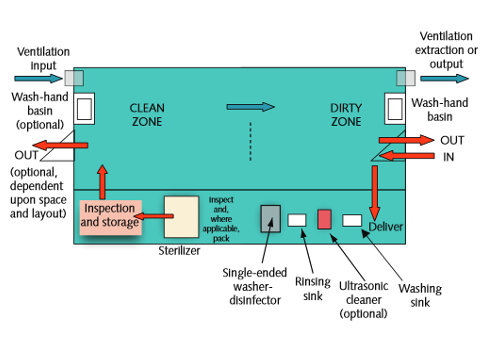
If you’re going for a dedicated decontamination room, physical segregation is your best bet.
Here’s what to focus on:
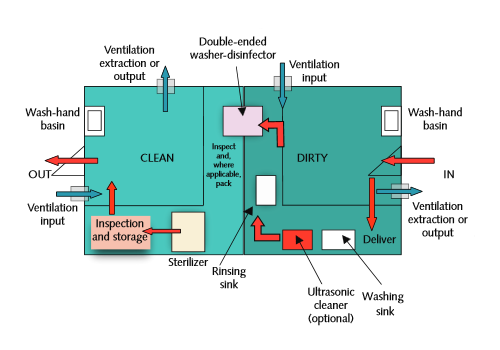
Below is a table that outlines the advantages and disadvantages of Temporal Separation and Physical Segregation:
| Aspect | Temporal Separation | Physical Segregation |
|---|---|---|
| Space Efficiency | Utilises existing space | Dedicated space enhances workflow |
| Cost | Generally less expensive | Higher initial cost but long-term benefits |
| Flexibility | Easier to implement in smaller practices | Customisable to specific needs |
| Risk of Contamination | Higher due to shared space | Lower due to dedicated space |
| Compliance | May not meet long-term CQC standards | Easier to comply with CQC standards |
| Efficiency | Workflow may be disrupted | Streamlined, efficient workflow |
When it comes to the decontamination room, air quality is not just a luxury; it’s a necessity.
Proper ventilation systems are essential for maintaining a safe and effective environment. Let’s explore the different types of ventilation systems you can consider:
This type of ventilation system is built into the walls of the decontamination room.
It’s particularly effective for:
Fan-based systems are versatile and can be installed in various locations within the room.
They are effective for:
Extraction units are specialised systems designed to remove contaminated air directly from the source.
They are ideal for:
The design of your decontamination area isn’t just about the equipment and ventilation; it’s also about the surfaces that you’ll be working on and the floor you’ll be walking on.
Here’s why these elements are so crucial:
Worktops in the decontamination area should be sealed and easily cleaned. This is essential for:
A single run of sealed, easily cleaned worktops is the ideal setup. The worktops should be impervious and easy to clean, serving as the backbone of your decontamination process.
Safety is paramount, and that extends to the flooring. Non-slip floors are essential for:
Floors should be continuous with a cove and cap system between the walls and floor to make cleaning easier.
The equipment you choose and where you place it can make or break the efficiency of your decontamination area.
Here are some key considerations:
The placement of the steriliser is crucial for a smooth workflow.
It should be:
Hand hygiene is a critical part of the decontamination process.
Therefore, a wash-hand basin should be:
Proper lighting is not just for visibility; it’s also an essential safety feature.
High-efficacy lighting should be installed, especially in areas where sterilisers are unloaded, to ensure that staff can clearly see what they are doing.
When it comes to designing a dental decontamination room, there’s more than meets the eye.
While the primary focus is on creating a space that is both efficient and compliant with regulations, there are several myths that can mislead even the most diligent dental professionals.
These misconceptions can not only affect the functionality of the room but also compromise safety and compliance.
In this section, we’ll debunk some of the most common myths surrounding the design of dental decontamination rooms to help you make informed decisions.
Fact: While a spacious room can be beneficial, the efficiency of a decontamination room is more about layout and workflow than sheer size. Properly designed smaller spaces can be just as effective.
Fact: Advanced technology can enhance a decontamination room, but it’s not the only factor. The design should also consider ergonomics, ease of cleaning, and compliance with regulations like HTM 01-05.
Fact: While a visually pleasing room can improve the work environment, function should never be sacrificed for form. The primary goal is to create a space that is efficient and compliant with decontamination protocols.
Fact: Every dental practice has unique needs. A design that works for one may not be suitable for another. Customisation based on workflow, staff needs, and types of procedures is crucial.
Fact: Compliance with guidelines like HTM 01-05 doesn’t mean sacrificing innovative design. In fact, these guidelines can serve as a framework upon which to build a more effective and creative decontamination room.
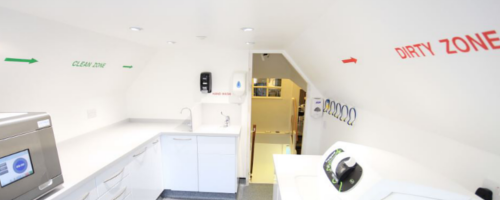
Contact us on 01322 293333 or email enquiries@eclipse-dental.com or use our contact form to find out how we can help to improve your infection control and maximise your operational efficiencies.
When it comes to designing and equipping your decontamination room, choosing the right dental practice builder is crucial.
Here’s why Eclipse Dental should be at the top of your list:
We understand that value is not just about cost; it’s about delivering high-quality solutions that stand the test of time.
Our products and services offer:
Choosing Eclipse Dental is choosing a partner committed to your success.
Here’s why we should be your priority:
So, if you’re looking to exceed high standards in infection control and create a decontamination room that is both efficient and compliant, look no further.
We understand that dental practitioners often have specific questions when it comes to designing a decontamination room.
Here are some of the most frequently asked questions:
What is the best practice for dental decontamination room design?
The best practice involves a well-thought-out design that prioritises infection control, efficient workflow, and compliance with industry standards. This includes easily cleaned worktops, high-efficiency lighting, and adequate ventilation.
How do you set up a decontamination area?
Setting up a decontamination area involves several key steps:
Why is air flow in the decontamination room important?
Proper air flow minimises the risk of cross-contamination and ensures a healthier work environment. It’s crucial to have a ventilation system that directs air from clean to dirty areas.
Does a dental surgery need two sinks?
Having separate sinks for washing and rinsing is considered best practice. This helps in segregating dirty instruments from clean ones and aids in CQC compliance.

I have used them for the first time in recent months for a complicated project in carrying out a practice refurbishment. Eclipse were meticulous and brilliant. Very knowledgable engineers and a beautiful finish to my practice. They really are a family based business who will look after you. Very professional company and will definitely keep using them.

I had my 2 surgery practice completely stripped out and services repositioned with new flooring, new equipment and redecorated. They kept to the agreed time scale and we were up and running in our state-of-the-art new surgery. Thank you Eclipse and I will be using your services again.

I did a lot of research looking for a dental fit-out company before I came across Eclipse Dental. They designed the surgery exactly the way I wanted it to look which suits my requirements perfectly. The final result was phenomenal, just phenomenal!

The engineers that attend our practice are very knowledgeable and always act in a professional manner. If we have an emergency situation John Boyt always tries his best to fit us in. I have no hesitation in recommending Eclipse Dental Engineering to you for all your servicing and breakdown needs.

Eclipse listened to my ideas, they added a lot to them and improved my initial design. They had loads of realistic and creative ideas for a 21st century dental practice! Two surgeries were refurbished on time without any interruption of our clinics.

We would highly recommend the awesome Eclipse team who guided us through the design process, finishing touches and colour schemes. Their ability to combine build works with equipment and dental engineering makes it so much easier and better value.

I am very pleased with the result, it is of a high quality and surpassed my expectations, on the strength of the work done I commissioned some extra wall cabinetry. The whole process was hassle-free and I would be very happy to recommend Eclipse to my friends in the business.
We used Eclipse recently in an emergency as we had equipment failure. They were very quick to respond to our call and were able to get us working again within 2 hours. The engineer was very friendly and professional and I would highly recommend this company.

I would like to express my gratitude to you and your team for your professionalism and prompt response when our dental chair packed up. You attended the same day, removed the damaged chair and installed a rental to allow us to continue practising.

Having dealt with many fit-out companies over the years, Eclipse Dental has been one of the most professional, dependable and sincere companies I have ever worked with. I would not hesitate to use their services again.
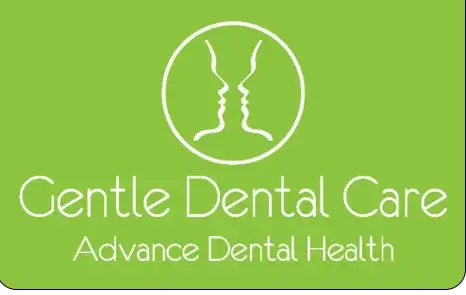
Excellent service, Eclipse have worked tirelessly for us and have always come out same day if we have a problem stopping us working. Thanks to all at Eclipse.
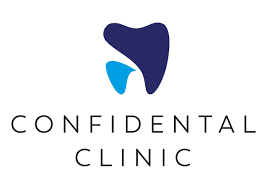
Their awareness of CQC regulations regarding equipment relocation and our necessity to minimise downtime was brilliant. We would like to recommend Eclipse Dental to anyone considering a refurbishment or relocation.
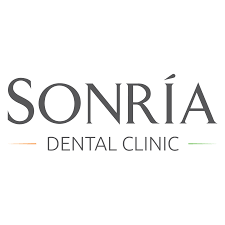
Very happy with the service and reliability of the team. From the beginning to the end, everyone was always helpful and very kind. I definitely will recommend Eclipse Dental!

I liked how swiftly the projects were done. Everything was managed, everything was timed and everything was coordinated. And every day we saw something happening. It was very exciting.

The quality of craftsmanship was exceptional—the cabinetry, flooring and all custom elements were made precisely to our specifications and aligned perfectly with our vision for the space.

Brilliant. Just professional! Complete refit of surgery. Flawless.

The boys did well! We didn’t give them much time to prepare but they did a great job, extremely pleased.

We have had the chairs for some time now and are happy with them. They serve what we need them for. The aftercare service is excellent

Eclipse are very flexible and listen to your needs. We are very impressed with the quality of workmanship they delivered. I would not hesitate to continue recommending Eclipse.
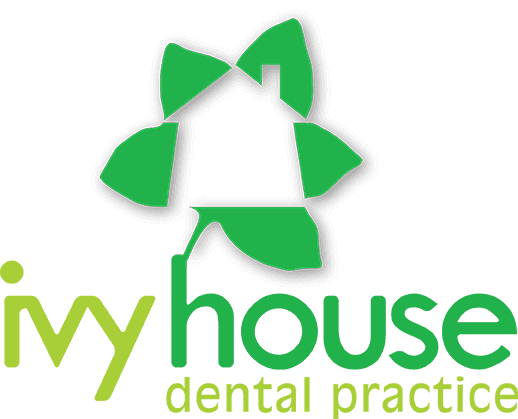
Eclipse were always accommodating of any requests and would always go the extra mile. I look forward to working with them for many years to come.

We are delighted with the end result. The practice looks good and, more importantly, works ergonomically and efficiently.